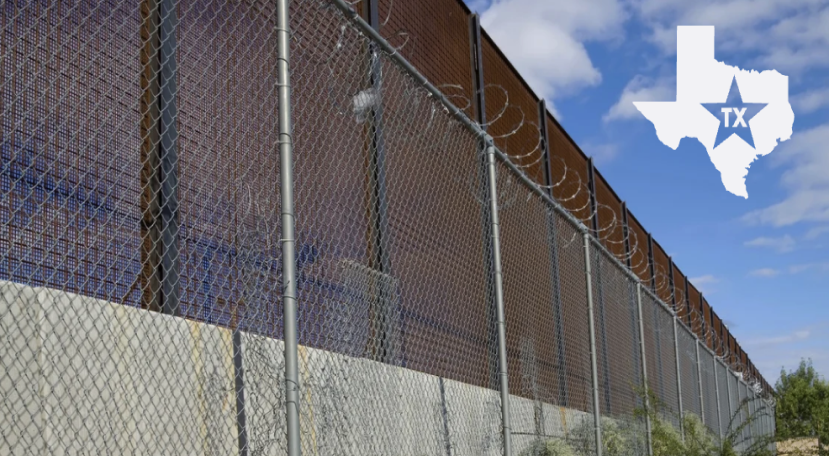The Forensic Journey in the Maui Wildfire Aftermath
Amid the ash and aftermath of Hawaii’s devastating Maui wildfire, the process of identifying the victims has been fraught with complexities. The recent clarification from authorities about the number of casualties, from a previously reported 115 to 97, has shed light on the intricacies of forensic investigations and the significant role of law and its tools in the journey towards justice.
Key Points:
- Authorities revised the Maui wildfire death count to 97, down from 115, after discovering multiple DNA samples from some victims.
- The number of missing individuals was also adjusted from 41 to 31.
- Forensic investigations, including DNA testing, are crucial in such tragedies, but they can be complicated and time-consuming.
- The Lahaina fire is the deadliest wildfire in the U.S. in over a century, underscoring the magnitude of the disaster.
- While there’s grief, there’s hope that every victim will be identified and reunited with their families.
Understanding the process and the difficulties faced in identifying victims is essential for families awaiting news about their loved ones and for the general public in comprehending the enormity of the situation.
Forensic investigations play a pivotal role in the aftermath of disasters like the Maui fire. The procedure involves collecting evidence, analyzing DNA samples, examining dental records, and identifying medical devices. This meticulous approach is not only about numbers but, most importantly, about human lives, memories, and families yearning for closure.
John Byrd, the laboratory director with the Defense POW/MIA Accounting Agency, mentioned that the initial death tally was higher due to the inherent challenges in distinguishing remains. Cases included multiple bags containing remains of the same person or two bags holding remains of two people that appeared distinct initially.
Moreover, the chaotic escape from the raging fire led to heartbreaking scenarios where people clung to each other, sometimes even their pets, in their final moments. Such events made distinguishing human remains even more complicated.
The gravity of this wildfire can be felt by the fact that it stands as the deadliest in the U.S. in over a century. The town of Lahaina witnessed unspeakable horrors as the flames reduced much of its history to ash. Amid this chaos, the importance of having trained professionals to deal with the aftermath cannot be overstated.
Authorities like the Maui Police Chief, John Pelletier, emphasize the significance of detailed identification processes. He highlighted the importance of missing person reports, noting that if no report has been filed for someone five weeks post the incident, that individual probably isn’t missing.
The collaborative effort involves anthropologists, officials analyzing dental work, and even identifying medical devices such as pacemakers. This multi-disciplinary approach underlines the sheer scale and seriousness of the task at hand.
Despite the grim circumstances, there’s a silver lining. With the advancements in forensic technology and the dedication of officials, there’s hope that every victim will be identified and given back to their families, ensuring they receive the respect and remembrance they deserve.



